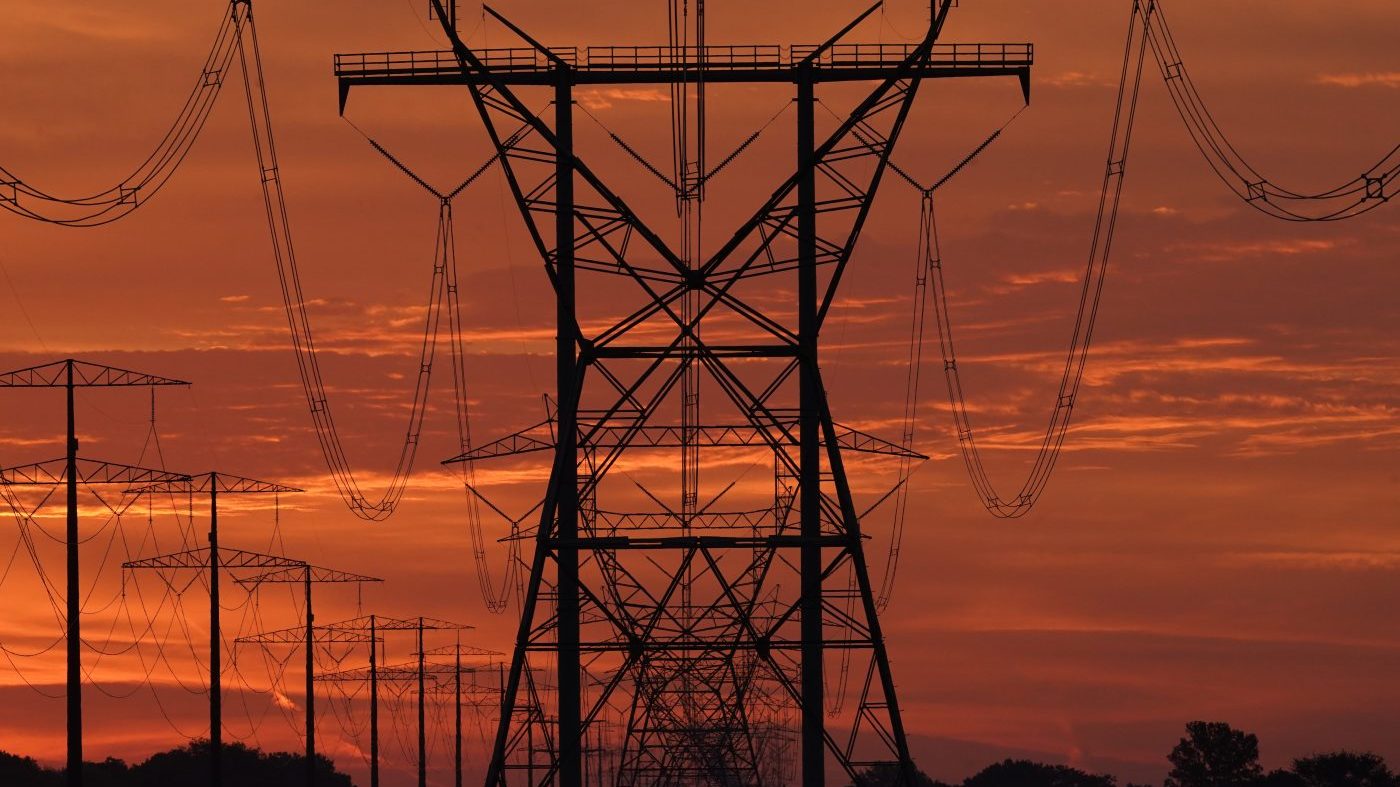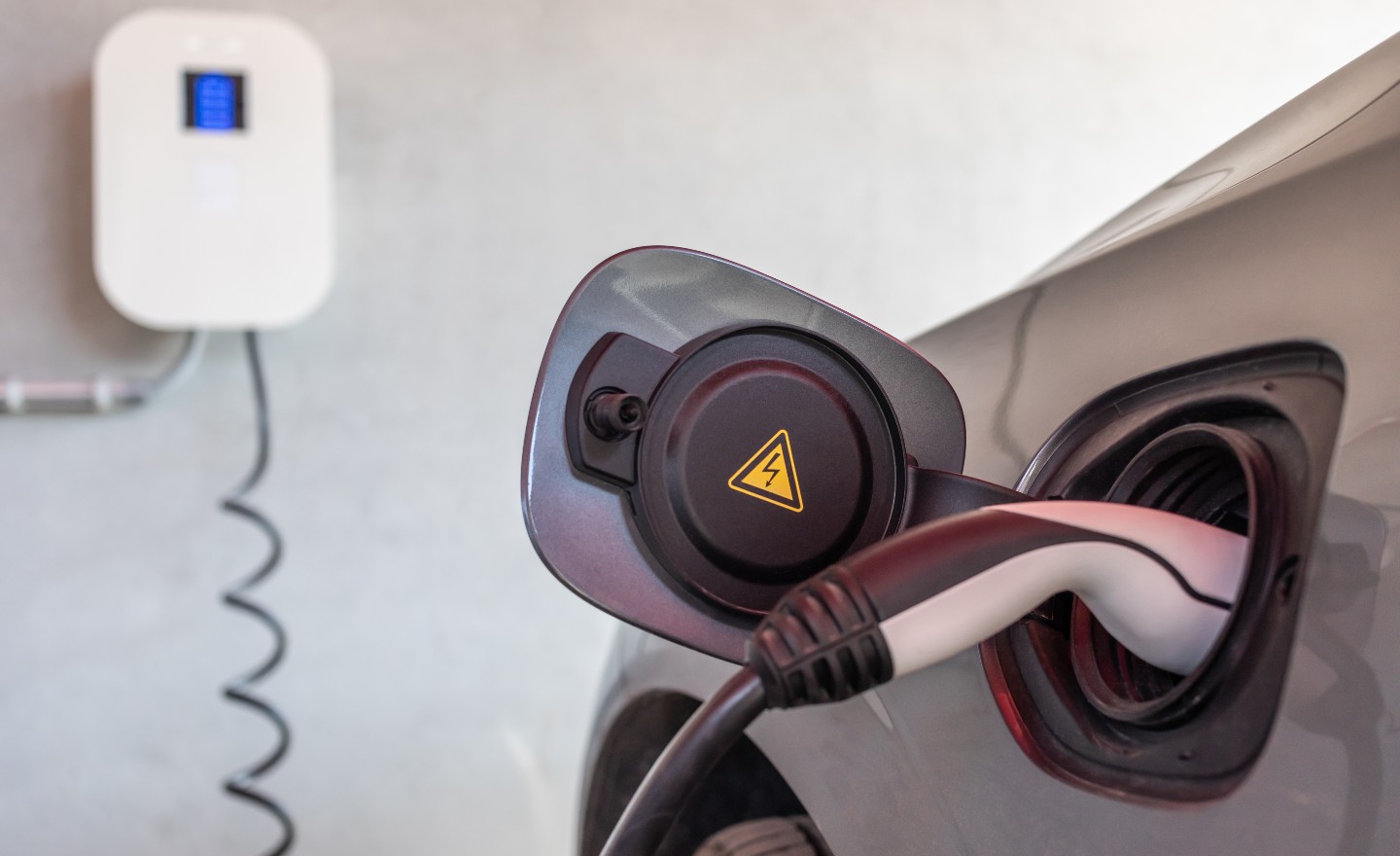Lone Star State voters on Tuesday approved Proposition 7, a controversial proposal to spend $10 billion in low-interest loans for new gas power plants.
Many critics slammed the “Texas Energy Fund” plan as a giveaway to the fossil fuel industry that might not do much to improve reliability, as our colleague Rachel Frazin reported.
The Houston Chronicle — the state’s leading urban newspaper and the voice of the nation’s energy capital — told Texans to “hold your nose” and vote for the ballot measure.
What pushed the Chronicle over the edge into tepid support was another proposal hidden in the legislation: to spend nearly $2 billion to create backup “microgrids” at critical facilities across the state.
That element was the brainchild of state Sen. Nathan Johnson (D-Dallas).
With the long lead time for new power plants and the possibility for cyberattacks, domestic terror and extreme weather — or physical ones — the power system is still at risk, Johnson told The Hill.
It was not a hypothetical problem. The summer saw a brutal and protracted heat wave repeatedly push the state grid to record levels of stress. And it will take as many as five years for the new gas plants to begin providing power, Johnson said.
But within a couple of years, there should be a new solution for critical facilities that “you don’t ever want to have to go without electricity,” Johnson said.
That list includes water towers, police and fire departments, medical facilities and some retail — like the only grocery store or gas station in a small town.
The solution: design and deploy a standardized set of small generators — propane or solar with battery backup — across the state.
“You deploy thousands of these things, and you can assure the public that if your power goes out, the primary systems that you depend on will have power for a couple of days while we get things back on,” Johnson said.
One problem: that’s something that the market currently doesn’t provide. There are home-level generator and storage systems, and large-scale microgrids are available for the biggest grocery stores.
But for private investment, “it’s just not economical to build these kinds of one to 2.5 megawatt generators,” Johnson said.
The ballot proposition aims to fill that gap, and within the next year the state Public Utility Commission aims to have a new product ready to go, a criteria for which critical facilities should get them, and a pool of ready applicants.
But in addition to making towns and neighborhoods more resilient to a systemic blackout, Johnson said the system of microgrids would make the grid in general more stable.
With key facilities able to power themselves for short periods, grid operators “can turn the power off and rotate it around” the broader system without worrying about a blackout “that will kill all the people in the assisted living facility” — because that facility would have a microgrid.
That helps avoid the nightmare scenario seen in 2021’s Winter Storm Uri, where you’re “having extended outages for a subset of the population, which is what leads to immense damage and death — and frustration,” Johnson said.



















